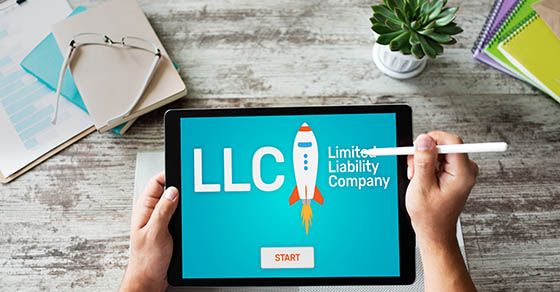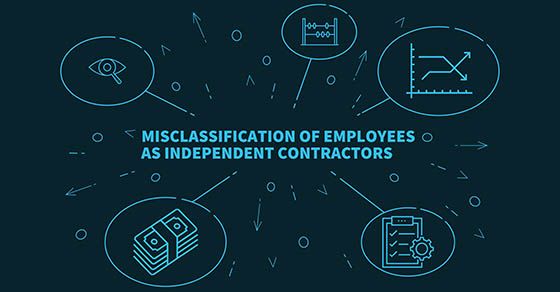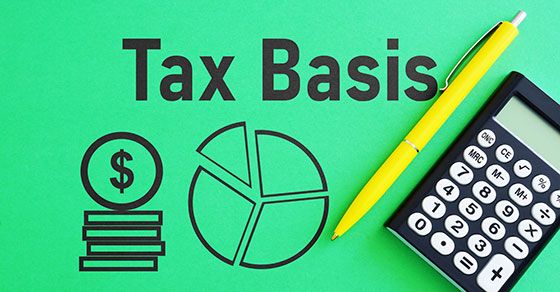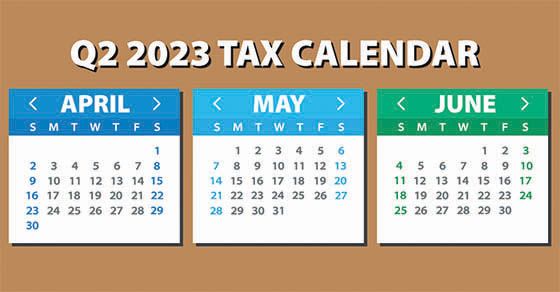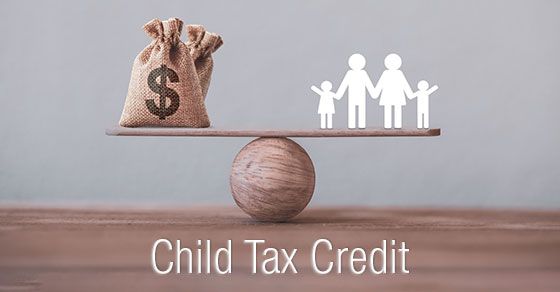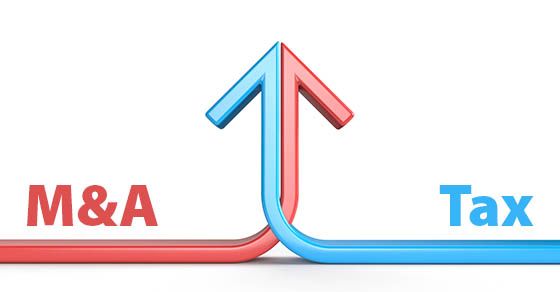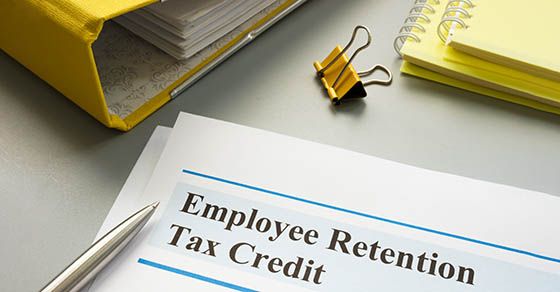
Build a better nonprofit board with term limits
Are your not-for-profit’s board members subject to term limits? If not, you might want to consider implementing what’s widely considered a best practice.
Some board members lose enthusiasm for the job over time or might even become ineffective or disruptive. Negative attitudes at the board level can easily trickle down and harm your organization’s programs and initiatives, not to mention its financial health. Then there are the board members who invest so much time and energy in your nonprofit that they risk burnout. Term limits give all of these board members a way to make a graceful exit.
Pros and cons
One of the great advantages of term limits is that they can help your organization build a more diverse board over time. They allow you to add people with certain skills and perspectives (such as financial or political expertise) as needed and make it easier to ensure your board represents its community’s gender, racial, economic, religious and other diverse groups. And as board positions open up, you can expand your circle of invested stakeholders beyond the usual core group of volunteers.
Another advantage is that term limits preempt “power hoarding” issues that can occur when authority is concentrated in the hands of a small, entrenched group. Sometimes, such cliques intimidate new members, as well as staff, and block necessary change. Regular turnover provides opportunities to eliminate domineering personalities and improve group dynamics.
Also, term limits can help prevent insider fraud. It’s generally easier for long-term board members who know an organization’s ins and outs to override internal controls and hide fraudulent schemes.
Term limits could have some disadvantages, however, including potential loss of institutional knowledge, expertise and donations from both board members and their networks. You could lose significant volunteer hours, as well. Regular turnover also requires time and resources. You’ll need to regularly identify, recruit and train new members and work to build the cohesiveness required for collaboration.
Setting terms
If term limits sound like a good idea, you’ll need to establish rules. Don’t adopt terms that are too long because it could discourage new members from applying. On the other hand, terms that are too short don’t give members sufficient time to make meaningful contributions, at least if they’re combined with tight limits on the number of terms a member can serve. Short terms also mean holding frequent elections.
You might, for example, allow two consecutive three-year terms or a total of six years with a minimum one-year hiatus between terms. To reduce disruption, structure it so that only one-third of the board departs at a time. Consider conferring emeritus status or establishing advisory boards to keep these departing board members invested.
Amending bylaws
If you don’t already have term limits, you’ll need to amend your bylaws to establish them.
Some board members lose enthusiasm for the job over time or might even become ineffective or disruptive. Negative attitudes at the board level can easily trickle down and harm your organization’s programs and initiatives, not to mention its financial health. Then there are the board members who invest so much time and energy in your nonprofit that they risk burnout. Term limits give all of these board members a way to make a graceful exit.
Pros and cons
One of the great advantages of term limits is that they can help your organization build a more diverse board over time. They allow you to add people with certain skills and perspectives (such as financial or political expertise) as needed and make it easier to ensure your board represents its community’s gender, racial, economic, religious and other diverse groups. And as board positions open up, you can expand your circle of invested stakeholders beyond the usual core group of volunteers.
Another advantage is that term limits preempt “power hoarding” issues that can occur when authority is concentrated in the hands of a small, entrenched group. Sometimes, such cliques intimidate new members, as well as staff, and block necessary change. Regular turnover provides opportunities to eliminate domineering personalities and improve group dynamics.
Also, term limits can help prevent insider fraud. It’s generally easier for long-term board members who know an organization’s ins and outs to override internal controls and hide fraudulent schemes.
Term limits could have some disadvantages, however, including potential loss of institutional knowledge, expertise and donations from both board members and their networks. You could lose significant volunteer hours, as well. Regular turnover also requires time and resources. You’ll need to regularly identify, recruit and train new members and work to build the cohesiveness required for collaboration.
Setting terms
If term limits sound like a good idea, you’ll need to establish rules. Don’t adopt terms that are too long because it could discourage new members from applying. On the other hand, terms that are too short don’t give members sufficient time to make meaningful contributions, at least if they’re combined with tight limits on the number of terms a member can serve. Short terms also mean holding frequent elections.
You might, for example, allow two consecutive three-year terms or a total of six years with a minimum one-year hiatus between terms. To reduce disruption, structure it so that only one-third of the board departs at a time. Consider conferring emeritus status or establishing advisory boards to keep these departing board members invested.
Amending bylaws
If you don’t already have term limits, you’ll need to amend your bylaws to establish them.










